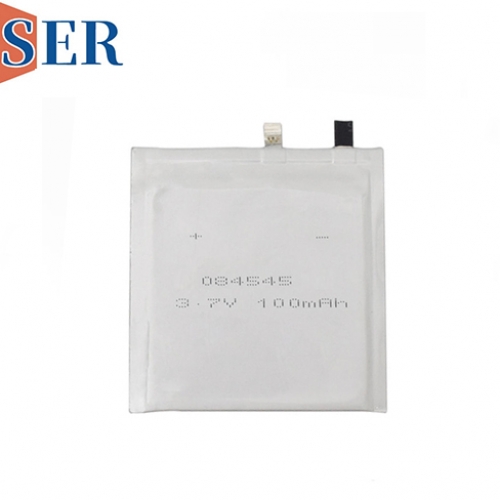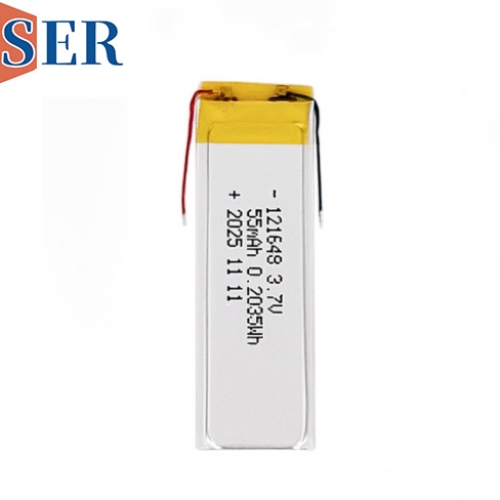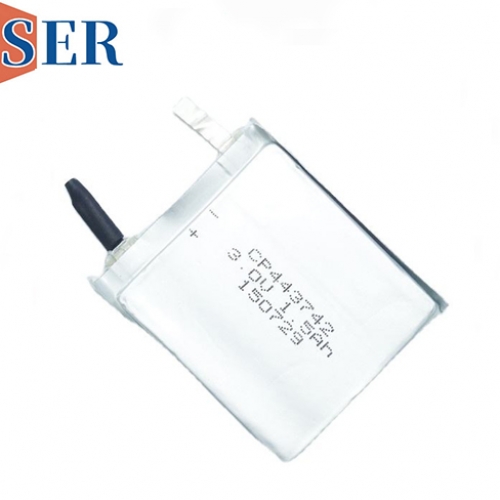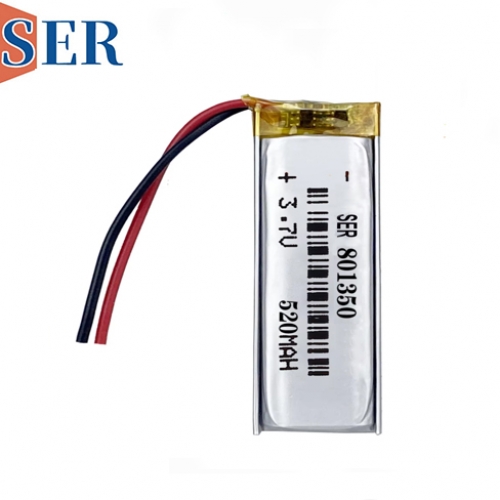Lithium-Ion Polymer Batteries: Powering the Future of Portable Technology
Lithium-Ion Polymer Batteries: Powering the Future of Portable Technology
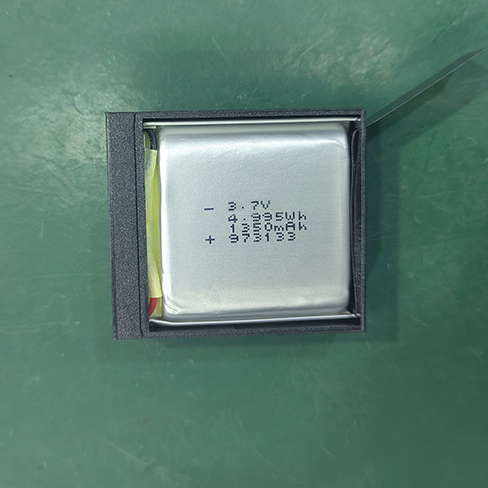
Introduction
In the ever-evolving landscape of energy storage solutions, lithium-ion polymer (LiPo) batteries have emerged as a cornerstone of modern portable technology. Since their commercialization in the early 1990s, LiPo batteries have revolutionized industries ranging from consumer electronics to aerospace, offering a compelling balance of energy density, lightweight design, and rechargeability. This article delves into the science, engineering, and applications of LiPo batteries, exploring their role in driving innovation across diverse sectors.
Technical Overview: Anatomy of a LiPo Battery
A LiPo battery is a type of rechargeable lithium-ion battery that employs a solid polymer electrolyte instead of the liquid or gel electrolytes found in conventional lithium-ion cells. This design choice confers several advantages, including flexibility in shape and size, improved safety, and reduced weight. Key technical specifications include:
Nominal Voltage: 3.7V per cell, with configurations ranging from single-cell packs (3.7V) to multi-cell assemblies (e.g., 7.4V, 11.1V, or 14.8V for 2S, 3S, or 4S setups).
Capacity: Typically between 35mAh and 8800mAh, though high-capacity models exceeding 10000mAh are now available for applications like drones and electric vehicles.
Thickness: Varying from 1mm to 10mm, enabling integration into ultra-thin devices such as smartwatches and medical implants.
Operating Temperature: Standard LiPo batteries function optimally between -20°C and 60°C, with specialized high-temperature battery variants extending this range to 85°C or higher for niche applications.
Electrochemical Mechanism: The Dance of Lithium Ions
At the heart of a LiPo battery lies its electrochemical cell, comprising a lithium-based cathode (typically lithium cobalt oxide, LiCoO₂), a carbon-based anode (graphite), and a polymer electrolyte. During discharge:
Lithium ions (Li⁺) migrate from the anode through the polymer electrolyte to the cathode.
Electrons (e⁻) travel from the anode to the cathode via an external circuit, powering the connected device.
During charging, this process reverses: an external power source drives lithium ions back to the anode, restoring the battery’s energy capacity. The polymer electrolyte facilitates efficient ion transport while maintaining mechanical stability, even under deformation.
Design Flexibility: A Tailored Energy Solution
Unlike rigid cylindrical or prismatic lithium-ion cells, LiPo batteries can be manufactured in custom shapes and sizes. This adaptability stems from their pouch-cell design, where electrodes and electrolytes are sandwiched in a laminated aluminum-polymer pouch. Key design advantages include:
Ultra-Thin Form Factors: Ideal for wearable devices like fitness trackers and hearing aids.
Lightweight Construction: The polymer electrolyte reduces overall weight by up to 30% compared to liquid-electrolyte cells.
Scalability: Modular designs allow for easy integration into complex devices, from smartphones to electric vertical takeoff and landing (eVTOL) aircraft.
Applications Across Industries
The versatility of LiPo batteries has fueled their adoption across multiple sectors:
Consumer Electronics
Smartphones and Tablets: LiPo’s high energy density enables all-day usage in sleek, lightweight devices.
Wearables: From smartwatches to augmented reality (AR) glasses, LiPo batteries power compact sensors and displays.
True Wireless Earbuds: Miniaturized LiPo cells (e.g., 30mAh) deliver hours of playback in ergonomic form factors.
Aerospace and Drones
Unmanned Aerial Vehicles (UAVs): High-discharge LiPo batteries (e.g., 6S 16000mAh packs) provide the power-to-weight ratio needed for extended flight times.
Satellites: Custom LiPo cells withstand the vacuum of space and extreme temperature fluctuations.
Medical Devices
Implantable Devices: Flexible LiPo batteries power pacemakers and neurostimulators, conforming to biological tissues.
Portable Diagnostics: Hand-held ultrasound machines and glucose monitors rely on LiPo’s rapid recharge capabilities.
Automotive
Hybrid and Electric Vehicles (EVs): While LiPo batteries are less common in full-size EVs due to cost and durability concerns, they are used in auxiliary systems like start-stop modules and cabin electronics.
E-Bikes and E-Scooters: Lightweight LiPo packs enhance portability without compromising range.
Performance Advantages and Limitations
Strengths:
High Energy Density: LiPo batteries store more energy per unit mass than nickel-metal hydride (NiMH) or lead-acid batteries.
Low Self-Discharge: Retain up to 90% capacity after six months of storage.
Rapid Charging: Support fast-charging protocols, reducing downtime for users.
Weaknesses:
Sensitivity to Overcharging/Overdischarging: Requires precise battery management systems (BMS) to prevent thermal runaway.
Mechanical Vulnerability: Puncture or crushing can lead to short circuits and fire hazards.
Aging: Capacity degrades over time, typically by 20% after 500 charge cycles.
Safety Considerations: Mitigating Risks
Despite their benefits, LiPo batteries demand rigorous safety protocols:
Battery Management Systems (BMS): Monitor voltage, current, and temperature to prevent overcharging or deep discharging.
Fire-Resistant Enclosures: Protect against thermal events in devices like drones and e-cigarettes.
Proper Disposal: Recycle LiPo batteries through certified channels to avoid environmental contamination.
Innovations in LiPo Technology
Ongoing research is addressing LiPo limitations while expanding their capabilities:
Solid-State LiPo Batteries: Replacing liquid electrolytes with ceramic or glass-based solids could enhance safety and energy density.
Silicon-Based Anodes: Increasing capacity by up to 40% compared to graphite.
Flexible and Stretchable LiPo Batteries: Enabling integration into curved surfaces and wearable textiles.
Biodegradable Polymers: Reducing environmental impact through eco-friendly materials.
Market Trends and Future Outlook
The global LiPo battery market, valued at $XX billion in 202X, is projected to grow at a CAGR of YY% by 203X, driven by:
Proliferation of IoT Devices: Smart homes, healthcare monitors, and industrial sensors demand compact, long-lasting power sources.
Electrification of Transportation: Rising adoption of e-mobility solutions, including e-bikes, e-scooters, and urban air mobility (UAM) vehicles.
Advancements in Wearable Technology: AR/VR headsets, smart clothing, and implantable medical devices require flexible, high-performance batteries.
Conclusion
Lithium-ion polymer batteries have transcended their origins in mobile phones to become the backbone of modern portable technology. Their unique combination of energy efficiency, design flexibility, and safety features positions them as the preferred power source for a spectrum of applications—from consumer gadgets to cutting-edge aerospace systems. As innovations in materials science and battery management continue, LiPo batteries will remain at the forefront of energy storage, powering the next generation of smart, connected devices while navigating the critical balance between performance and sustainability. In an era where miniaturization and mobility define progress, the LiPo battery stands as a testament to human ingenuity in harnessing energy for a brighter, more efficient future.

